Scoville Library
Clilfford Clark
In 1957, the year in which Scoville Memorial Library was turned into a classroom building, a student named Bruce Herrick, class of 1958, found a bust of the late eighteenth century German poet Johann Christoph Friedrich von Schiller in the storage area of the former library. He placed the bust on the mantel in his dormitory room. That October, rival students stole the bust. Since then the Schiller bust, which had long stood in the library reading room, has become the symbol of competition among student groups.
The reigning student group carries it across the chapel stage at Honors Convocation in May, or outdoors at graduation, only to be chased by rivals, who are any and all other students willing to make a dash for it. Whatever the event, students cheer Schiller and boo the masked marauders who attempt to steal him.
The bust of Schiller has been on some adventures as well. During the 1962 homecoming game, it was tied to a cable and dangled beneath a helicopter that flew over the football stadium. Schiller has also appeared on the Colbert Report, Desperate Housewives, and A Prairie Home Companion. The bust has been shattered and repaired several times throughout its life.
The Scoville Memorial Library, designed by the Chicago architectural firm of Patton and Fisher, was built in 1896 of Kasota sandstone in the Romanesque style of Henry Hobson Richardson. The library is a good example of the first structures built when colleges began to install libraries in stand-alone buildings. At its peak, the Scoville library housed nearly 90,000 volumes and had an innovative rooftop skylight to light the book stacks on its second floor.
It currently houses the Academic Support Center, the Gender and Sexuality Center, and the Office of Intercultural and International Life.
Scoville in 1908
A postcard of Scoville Library in 1908 when it was covered in ivy. The innovative ceiling windows at the peak can be seen from this angle. Source Carleton College Digital Archives
Scoville, 1896
Scoville soon after it was built in 1896. Workmen can be seen on the roof. Source Carleton College Digital Archives
Schiller in the 1960s
Two Carleton students with the bust of Schiller in 1962. Source Carleton College Digital Archives
Schiller in Scoville
This 1926 photo of the main reading room in Scoville is the earliest known image of the bust of Schiller (circled in red) on the Carleton campus. Source Carleton College Digital Archives
Jesse James Gang and Schiller
Some Jesse James reenactors dramatically galloped past with Schiller during the 2006 commencement. Source Carleton College Digital Archives
Desperate Housewives
Schiller appears on the set of the TV show Desperate Housewives. Source Carleton College Digital Archives
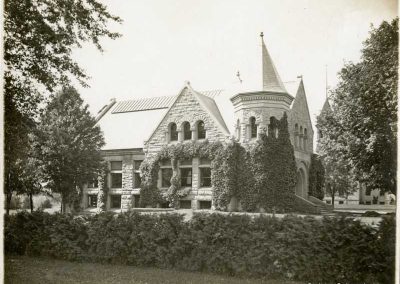
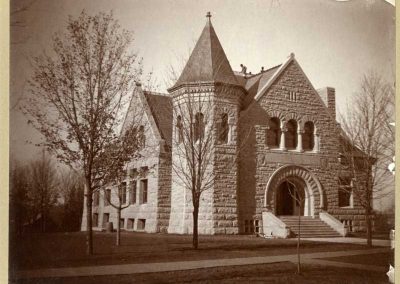
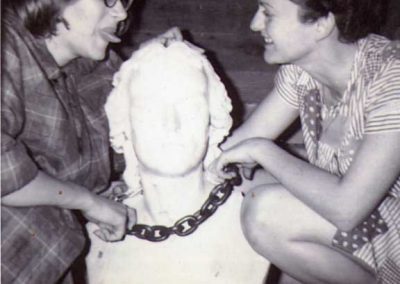
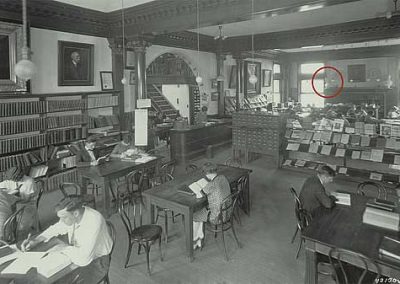
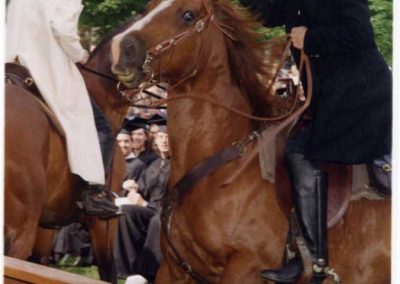
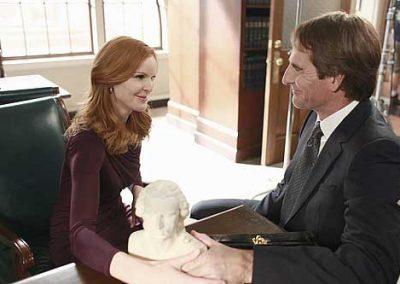

Recent Comments